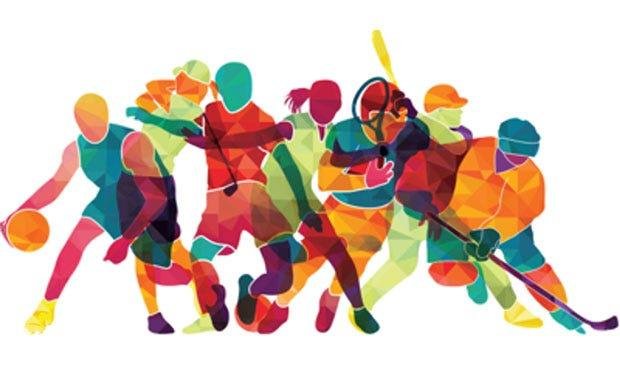The cultural significance of sports
The cultural significance of sports in different regions of the world
Sports have been an integral part of cultures around the world for centuries. The cultural significance of sports serves as a means of entertainment, competition, and socialization.
Different regions of the world have developed unique sports traditions, reflecting their respective histories, values, and lifestyles. In this article, we will explore the cultural significance of sports in different regions of the world, highlighting their social, economic, and political importance.

Asia
Sports have been significant in Asian cultures for millennia. Evolving from ancient martial arts to modern favorites like football (soccer), cricket, and badminton, enjoyed by millions.
In Japan and South Korea, sports foster national unity and identity, especially post-World War II. Their teams’ success in global competitions like the Olympics and World Cup brings pride to many Asians.
India has a long history of sports, with traditional games such as kabaddi and kho kho still popular today. In recent years, cricket has become the most popular sport in the country. With the Indian Premier League (IPL) attracting global attention and significant investment.
Africa
Sports have played a crucial role in African cultures, serving as a means of socializing, entertainment, also community development. Football (soccer) is the most popular sport in the region, with many African countries boasting talented players who have achieved global success.
In countries such as Kenya and Ethiopia, long-distance running has become a national tradition, with athletes such as Haile Gebrselassie also Eliud Kipchoge achieving legendary status. In South Africa, rugby has played an important role in promoting national unity, particularly in the aftermath of apartheid.
Sports have also played a key role in promoting health and well-being in African communities, with programs such as Grassroots Soccer using football as a means of educating young people about HIV and AIDS.
Europe
Sports have a long and rich history in Europe, with many of the world’s most popular sports originating in the region. Football (soccer) is by far the most popular sport, with millions of fans and followers across the continent.
In the UK, football promotes social mobility, with many working-class players and managers achieving fame. In Spain, football is a source of national pride, with FC Barcelona and Real Madrid among the world’s top clubs.
Rugby, tennis, and cycling are also popular in Europe, achieving success in global competitions like the Olympics and World Cup.
North America
Sports hold a unique cultural significance in North America, serving as entertainment, socialization, also a source of national identity. American football, basketball, also baseball are among the most popular sports in the region, with millions of fans and followers.
In the United States, sports promote social mobility, with athletes from disadvantaged backgrounds achieving fame. They also foster national unity, especially during crises like the aftermath of the September 11 attacks.
In Canada, ice hockey is the most popular sport, reflecting the country’s cold climate and cultural ties to Europe. Sports such as lacrosse and basketball also have significant followings in the country.
South America
Sports, especially football (soccer), have been crucial in fostering national identity and unity in South America. Brazil, Argentina, and Uruguay have produced legendary players like Pelé, Diego Maradona, and Lionel Messi. 온라인카지노



